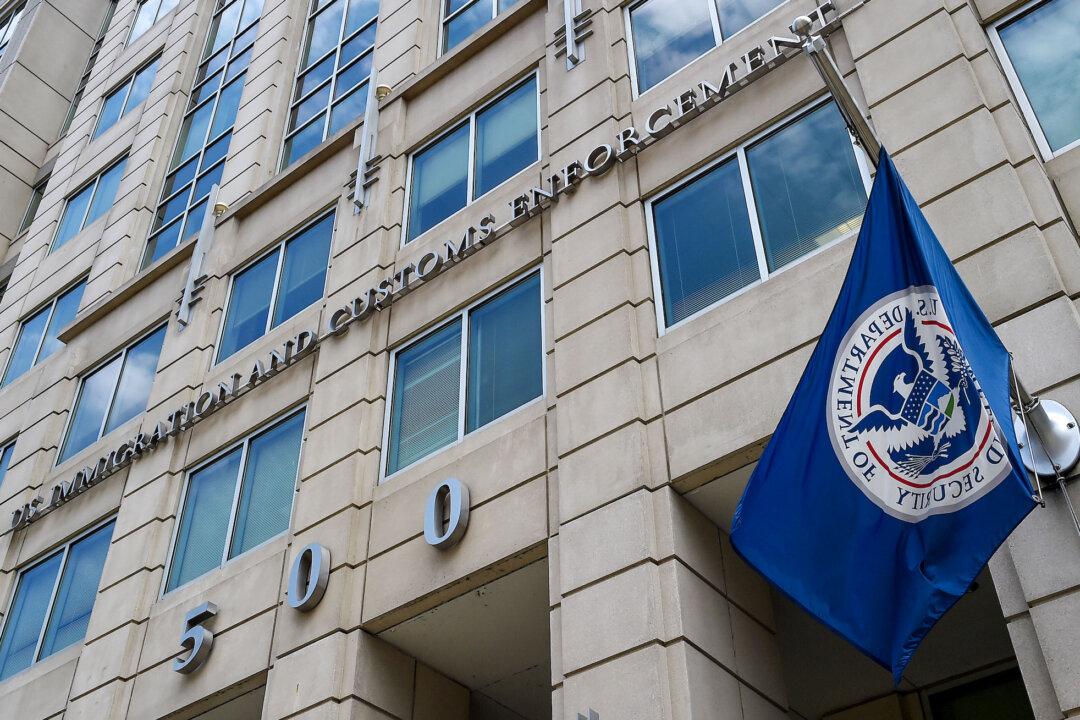The Dallas Fed’s production index—a key gauge of factory output—registered 5.1, remaining in positive territory for a third consecutive month and signaling slight but steady growth. However, the general business activity index plunged to minus 35.8, the weakest reading since May 2020, reflecting deepening anxiety among manufacturers over tariffs and broader economic uncertainty.
“The ability to forecast and to understand consumer confidence drivers to the basic materials, construction, automotive markets, etc., are the most difficult we have seen since the COVID era.”
The mixed report suggests that while the Texas industrial sector remains resilient, it is increasingly grappling with volatile demand, rising input costs, and supply chain challenges.
Factory output nationally also returned to expansion, according to S&P Global, with companies citing stronger domestic demand even as export orders continued to weaken under the pressure of ongoing trade tensions.
Survey respondents cited widespread uncertainty surrounding tariffs as a major drag on business planning.
“Most of our U.S. customers continue to buy, but we have seen a 25 percent drop in incoming RFQs [requests for quotations] in April compared with the average of previous months,” a computer and electronics manufacturer wrote.
“Assuming this continues, we expect to see roughly a 10–15 percent decline in sales in May. We believe that this is largely due to uncertainty in our customer base driven by the tariff situation and potential knock-on effects to the general economy.”
A respondent from the fabricated metals sector noted: “There is no stability in business, so it is difficult to plan. Thus, we are not making commitments for future growth, not knowing if or when future growth will exist.”
Similarly, S&P Global reported that national manufacturers’ expectations for future output had fallen to their lowest level since August 2024.
Adding to the pressure, inflation remains a key concern, although the inflation rate fell to 2.8 percent in March. According to S&P Global, manufacturers in April raised prices at the fastest pace in more than two years, driven by tariff-related input cost increases and higher wages—a trend that economists warn could complicate Federal Reserve efforts to cut interest rates later this year.
President Donald Trump and members of his administration have described the sweeping tariffs as part of a strategy to revive the United States’ long-declining industrial base.







